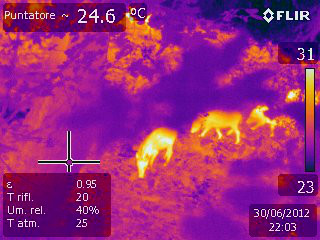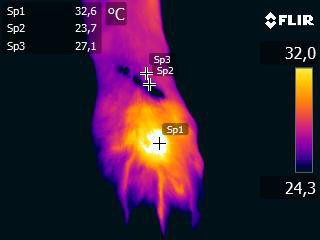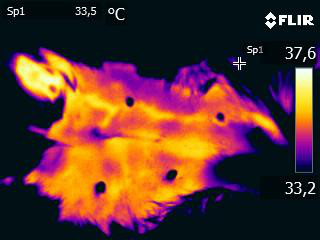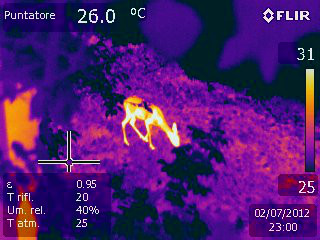Thermography
Thermography is a technique of Non-Destructive Testing (NDT) based on infrared image acquisition (heat). It is possible to determine the temperature of a surface by measuring the emitted infrared radiation; in fact, the camera does not produce any radiation itself, but it captures that of the surrounding objects. As the result is not visible to the naked eye, heat is one of the signals of the course of a phenomenon in place; it may be physiological, or integrate the intensification value of a defect, leading, in the worst case, to structural failure.
The camera does not produce any radiation itself, but it captures that of the surrounding objects.
Thermography in the industrial sector
In the industrial sector, it is difficult to have a classification as precise as in the building sector, due to the variety of situations involved.
However, regular verifications and the determination of the “base line” inspection allows one to determine the dynamics in progress, whereas large temperature differences and / or anomalies in the areas normally subject to heating (or cooling) appear as clear symptom of malfunction.
Such situations should be evaluated case by case.
In addition, we may apply such investigative activities in order to determine the presence of contaminant substances over large areas, as well as for an evaluation of sprayed areas that normally require more complex equipment.
With thermocamera you can also analyze the electrical equipment in AT, MT and BT to prevent overheating of the lines due to overloads, phase unbalances, loosening of mechanical connections and disturbing harmonic frequencies. THE CONTROL OF THESE APPLIANCES (electrical panels, transformers, connectors, insulators, conductors, etc.) IT ALLOWS YOU TO HAVE INAIL DEDUCTIONS (model OT24).
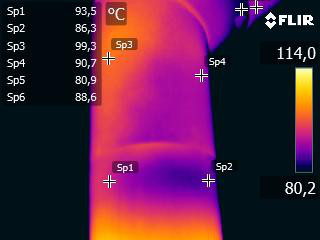
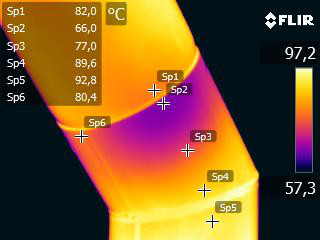
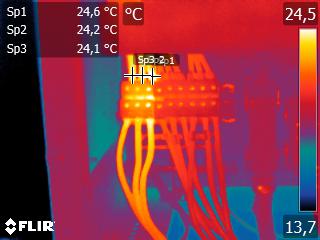
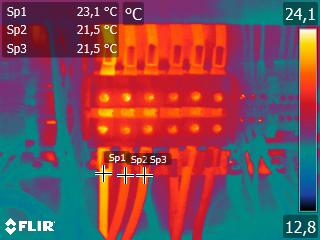
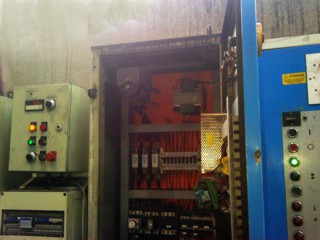
Thermography and restoration of works of art
In addition, there is a branch of the profession involving the restoration of works of art that uses infrared analysis quite often, by an Active technique, in order to determine the underlying structure of a mosaic or a painting; highlight flaws, “second thoughts”, otherwise undetectable.
The use of these methods, in combination with UV sensors, allows for a deep assessment of the object, and thus the best choice for the most advantageous process to perform.
Thermography in veterinary field
In veterinary field, thermography is used to diagnose pre-tendinitis and muscle injuries, in isolating the perimeter and presence of tumors, of hematomas, etc, and in order to evaluate the “high” and “low vacuum” mechanical milking stress.
Despite the patient’s impossibility of verbal comunication, the thermographic objective evaluation can help technicians and veterinarians to have a clear image of the current state of health of an animal.
It is strongly advised to establish a working collaboration between veterinarians and the thermographer, in respect to each other’s specialization in order to understand pathological situations precisely and avoid the risk of false positives.
